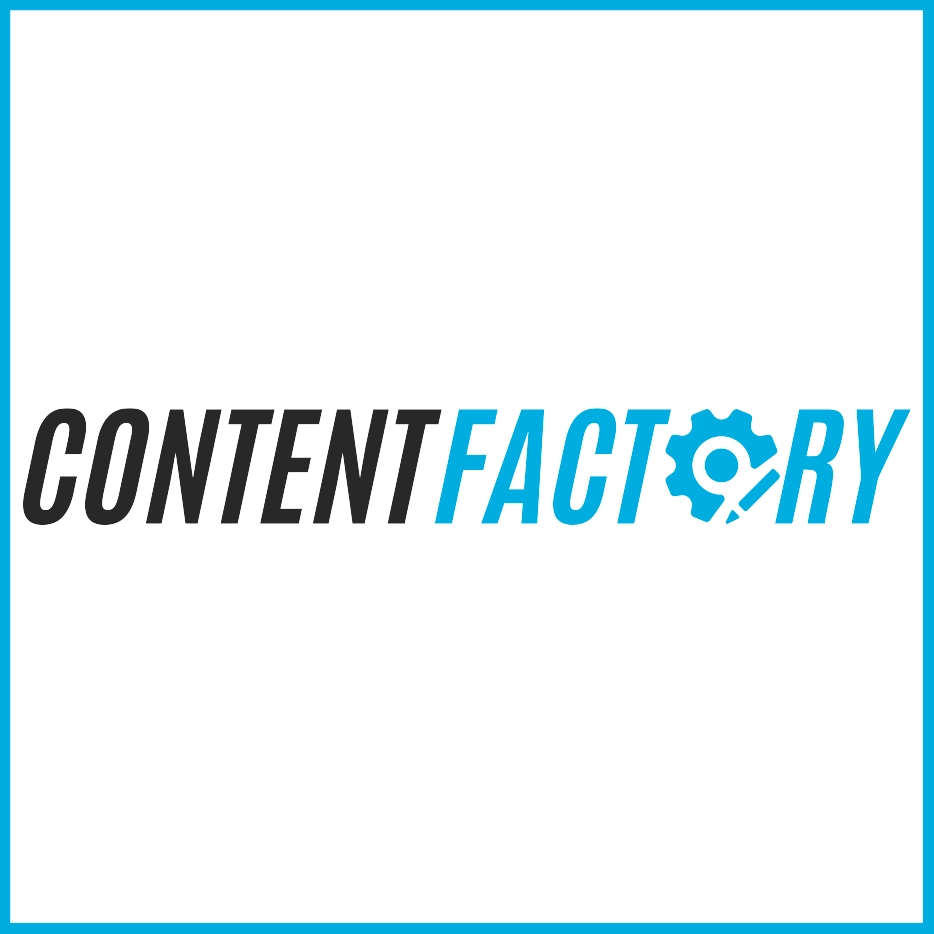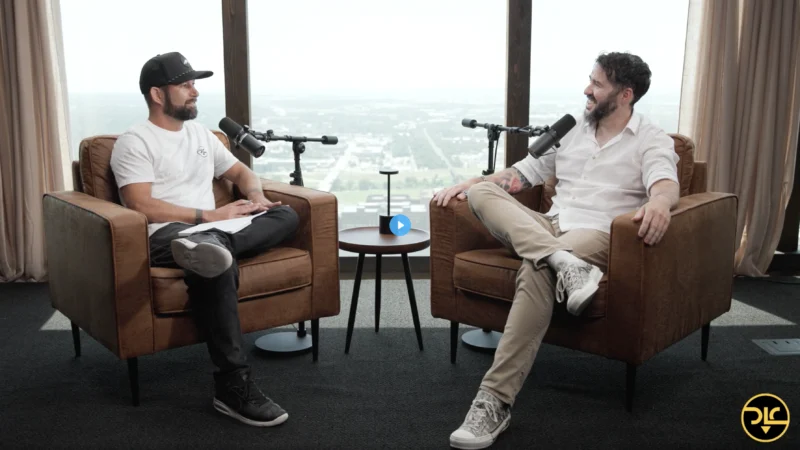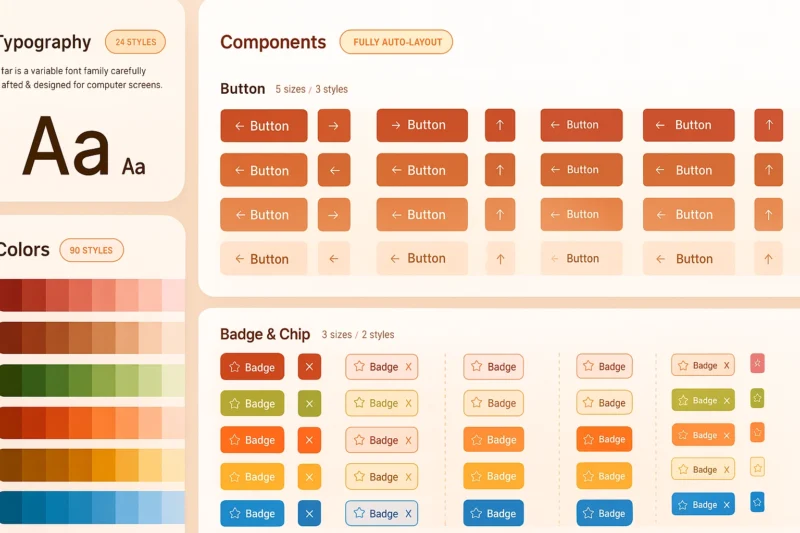LinkedIn Ads Management: Why Do LinkedIn Ads Cost More And How To Ensure Good ROI
AJ Wilcox of B2Linked discusses LinkedIn Ads management and strategies for good ROI on this episode of the CoachYu show. LinkedIn established a $2 minimum bid to keep its platform spam-free, setting a high price bar for advertisers. As more advertisers find success on LinkedIn, competition increases, leading to rising costs. New ad inventory, created when more LinkedIn members use the platform, can counter these costs, but user growth hasn’t outpaced advertiser growth, causing costs per click and impression to rise.
To ensure good ROI, effective communication with your target audience is crucial. This involves building knowledge, affinity, and trust with your brand. Video ads and content offers, like live streams and webinars, are effective in these early stages. After building trust, you can ask for a meeting or demo. Spend optimization is also important to reach the right people.
LinkedIn ads are recommended when you have a lifetime value of over $10,000 US, as your audience will need multiple brand interactions to build affinity. This leaves room for a return on your investment if you’re paying $10 to $16 a click on average.
Let’s dive into more about LinkedIn Ads management strategies for optimal ROI with AJ.




